Changing times
1990
The Hospital Authority was established as a statutory body on 1 December 1990 in accordance with the Hospital Authority Ordinance. The first HA Board was chaired by the late Sir S Y Chung.
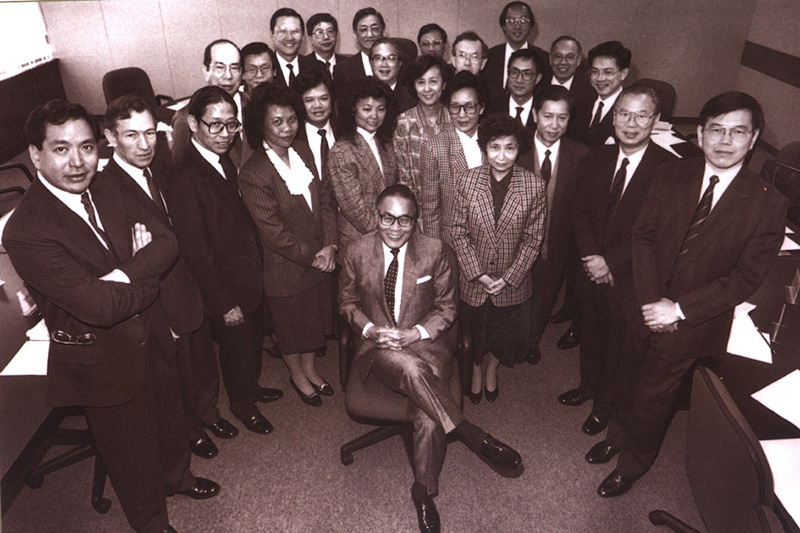
1991
HA officially took over the management of public hospitals/institutions from the government and various subvented organisations, as well as began managing the Samaritan Fund.
1994
HA organised its 39 hospitals and institutions and 48 Specialist Out-patient Clinics into clusters.
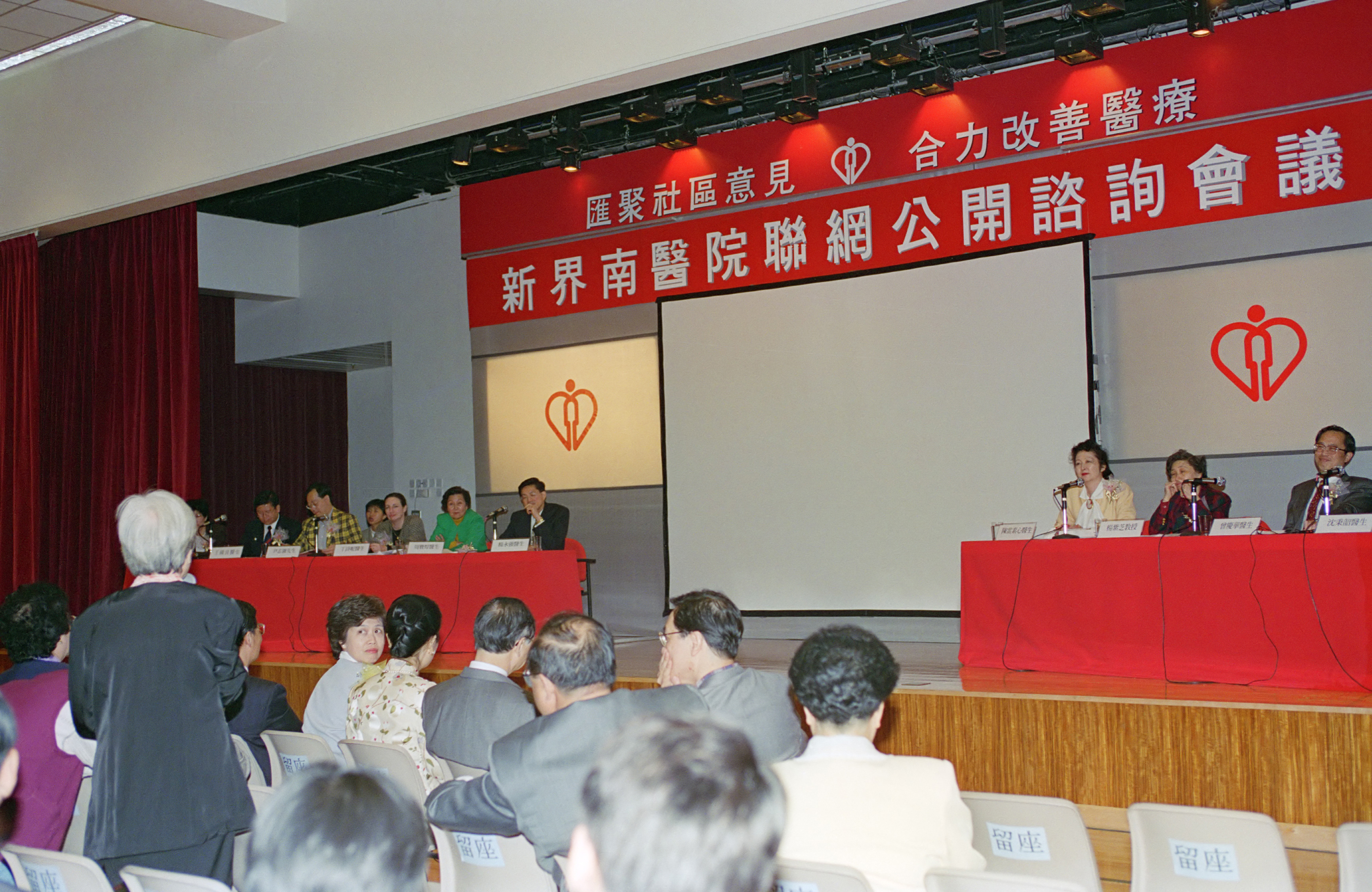
1996
Implementation of the Clinical Management System (CMS) in major acute hospitals to improve the efficiency of clinical services.
2000
The Electronic Patient Records System was established to integrate all HA information systems of public hospitals and institutions.
2001
HA regrouped its hospitals and clinics into seven geographical clusters – Hong Kong East, Hong Kong West, Kowloon Central, Kowloon East, Kowloon West, New Territories East and New Territories West.
2002
A service charge was introduced for Accident and Emergency services. The charge for eligible Hong Kong residents was HK$100 per attendance.
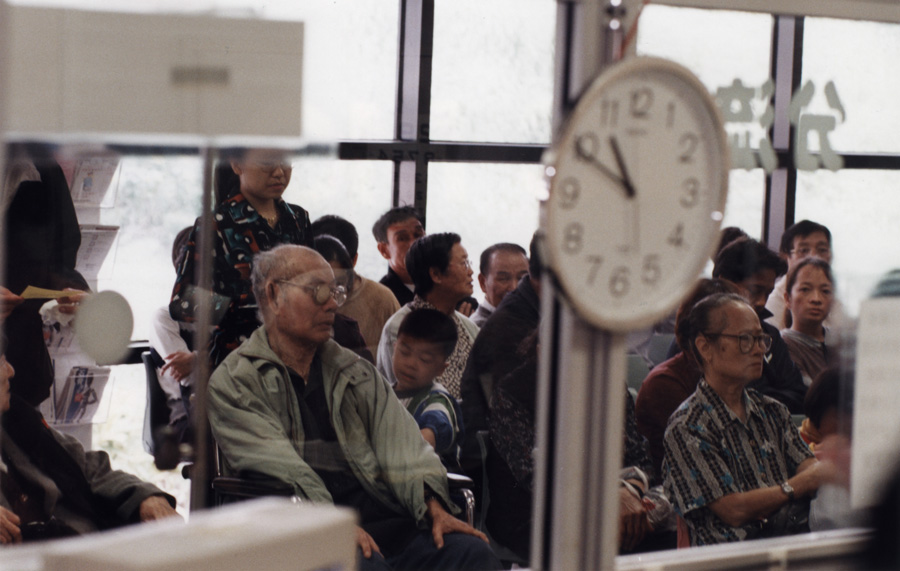
2003
The SARS outbreak occurred in Hong Kong in March, and was contained by the end of May. Six frontline healthcare workers lost their lives during the epidemic fight.
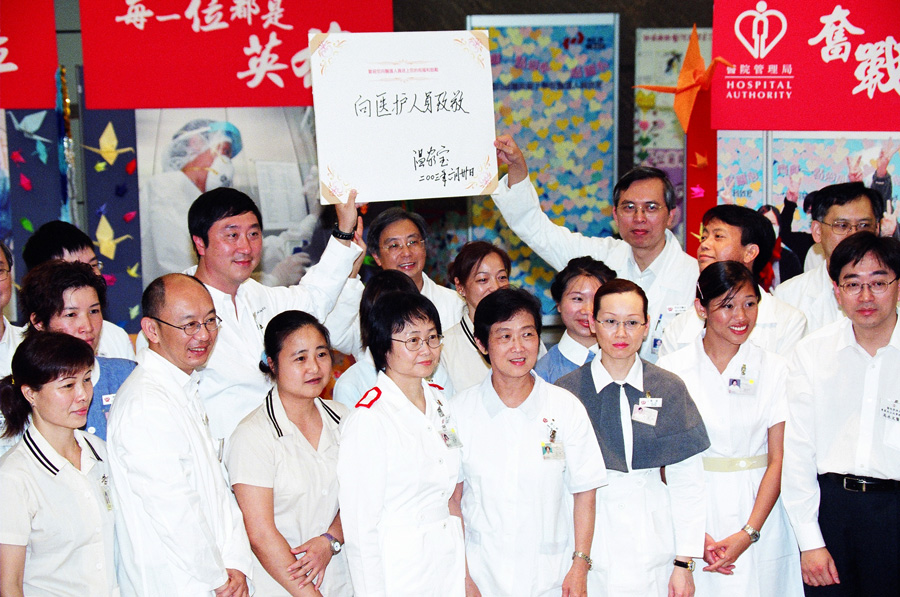
HA took over all General Out-patient Clinics from the Department of Health to further develop family medicine and primary care services.
HA commenced the establishment of a total of 18 Chinese Medicine Centres for Training and Research in phases.
2004
Isolation beds in 14 acute hospitals were made ready to enhance HA’s capacity to tackle any future infectious disease outbreaks.
2005
HA began the phased implementation of a Drug Formulary system to standardise the drug policy and the use of drugs in public hospitals and clinics.
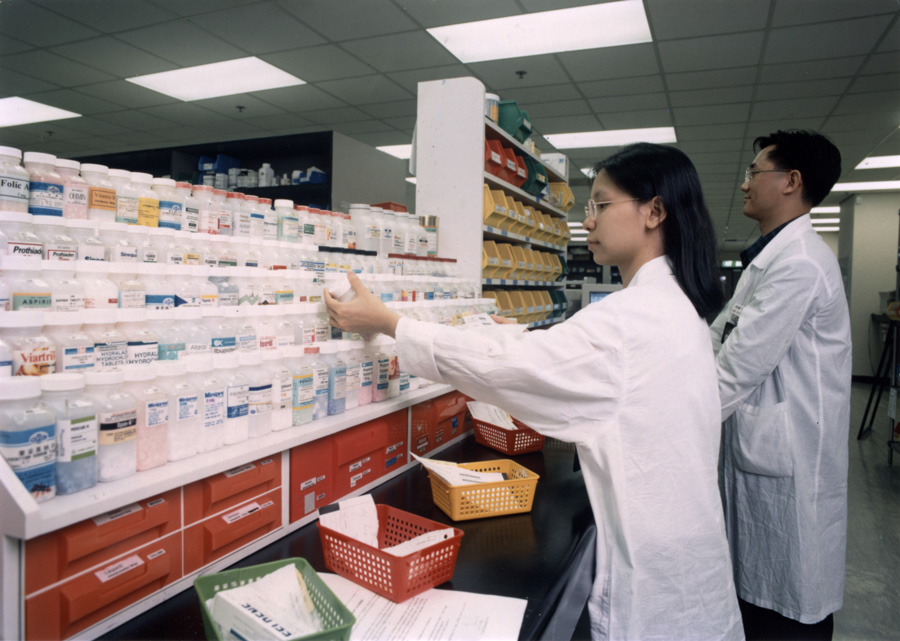
2006
In an important step towards information sharing between the public and private sectors, HA launched the Public Private Interface – Electronic Patient Record Sharing Pilot Project.
2007
The HA Sentinel Events Policy was introduced to tighten awareness about patient safety.
2008
HA commenced development of its third-generation CMS and the Filmless HA Project.
The first Public-Private Partnership Programme, namely Cataract Surgeries Programme was launched to subsidise eligible patients receiving cataract surgeries in the private sector.
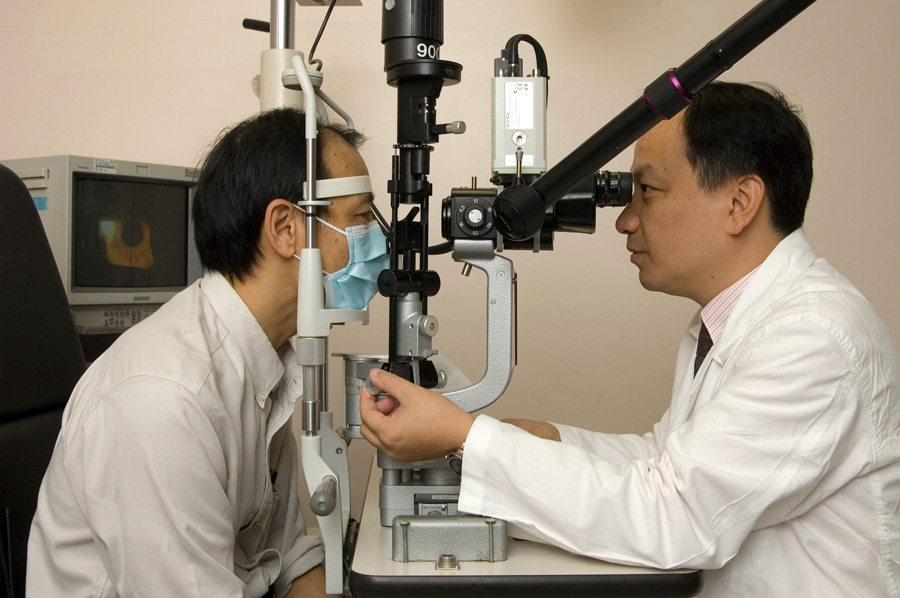
2009
A series of measures were put forward during the human swine influenza outbreak, including the opening of designated clinics.
2010
HA revised its Sentinel Events Policy to include serious untoward events to further improve the reporting mechanism for medical incidents.
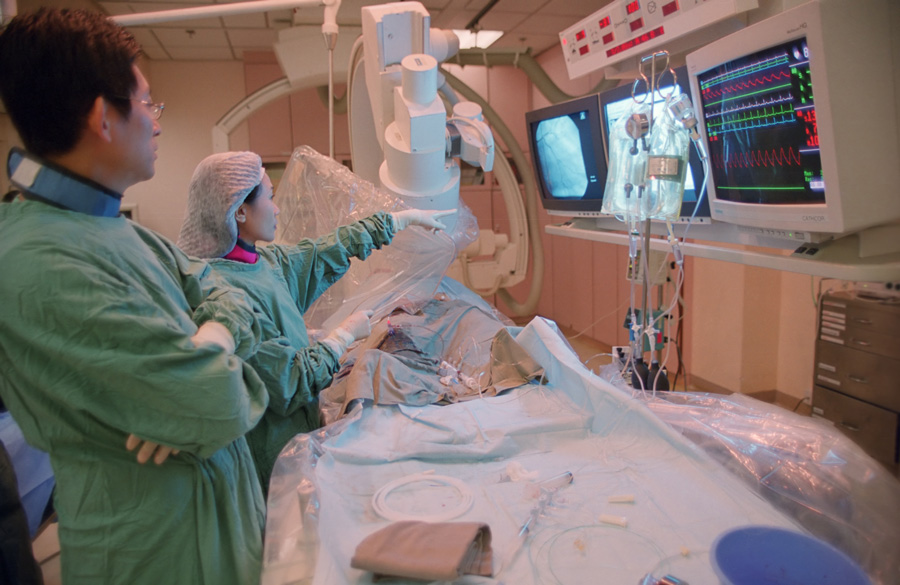
2013
Specialist Out-patient waiting time of selected specialties and waiting time of cataract surgery were made available on the HA corporate website.
2014
The Integrated Chinese-Western Medicine Pilot Programme was launched for designated disease areas at Tung Wah Hospital, Tuen Mun Hospital and Pamela Youde Nethersole Eastern Hospital.
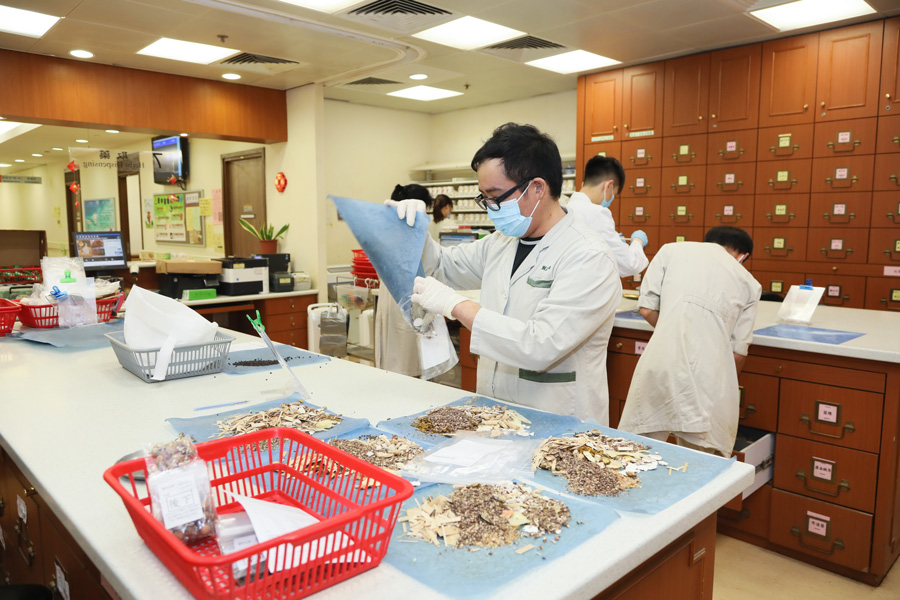
The General Out-patient Clinic Public-Private Partnership Programme was launched in three pilot districts namely Kwun Tong, Wong Tai Sin and Tuen Mun, with full coverage of 18 districts in 2018.
2015
Implementation of the recommendations of the Steering Committee on Review of HA in three years, which involved over 100 action items for improving HA’s operation and service provision.
2016
Re-delineation between Kowloon Central Cluster and Kowloon West Cluster was implemented. Kwong Wah Hospital, Our Lady of Maryknoll Hospital and Tung Wah Group of Hospitals Wong Tai Sin Hospital were regrouped into the Kowloon Central Cluster.
Provision of waiting time information of A&E departments to the public.
2017
The new fees and charges of public hospital services took effect.
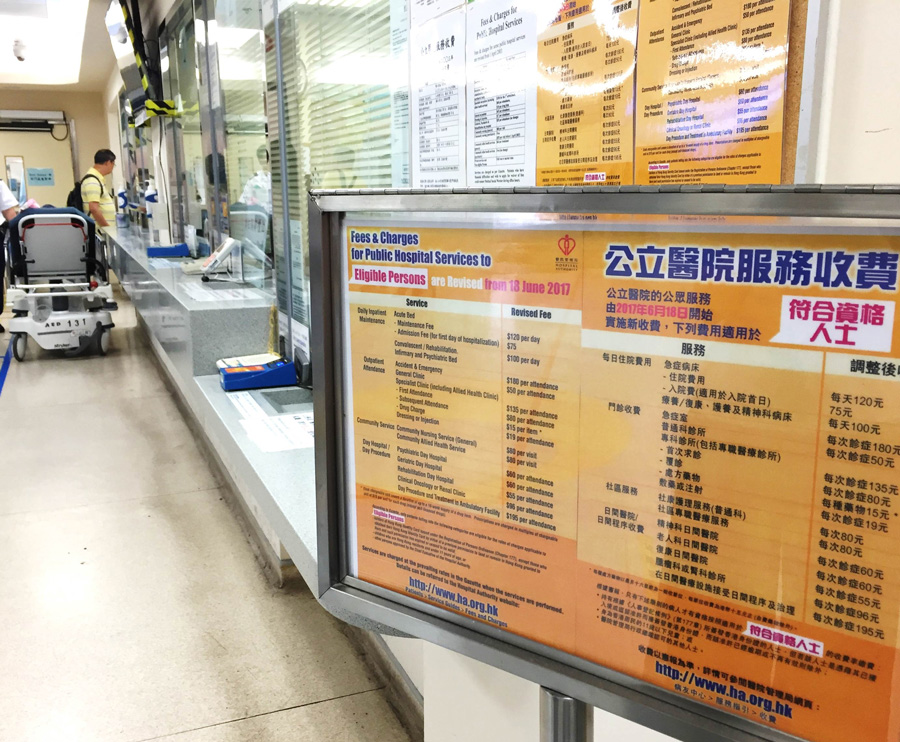
2019
HA launched the one- stop mobile app ‘HA Go’ to facilitate patients to manage their appointments and healthcare activities.
HA established a Task Group on Sustainability to examine the major sustainability challenges of HA, with a view to formulating the future corporate strategic directions.
2020
Hong Kong recorded the first confirmed case of COVID-19 on 23 January. Following the activation of Emergency Response Level on 25 January in public hospitals, a series of measures were implemented to enhance infection control, and to consolidate resources to combat the pandemic.
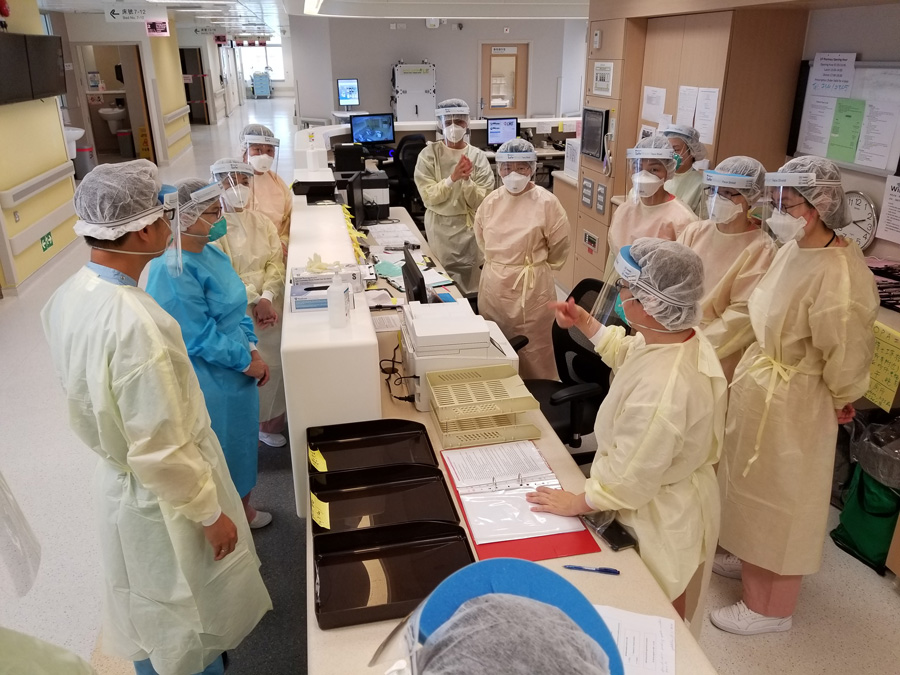
| Opening of various public hospitals and institutions | |
|---|---|
| 1992 | Hong Kong Eye Hospital |
| 1993 | Pamela Youde Nethersole Eastern Hospital |
| 1995 | Wong Chuk Hang Hospital |
| 1997 | Alice Ho Miu Ling Nethersole Hospital and the Hospital Authority Building |
| 1998 | North District Hospital and Tai Po Hospital |
| 1999 | Tseung Kwan O Hospital |
| 2007 | Infectious Disease Centre, the tertiary referral centre for management of infectious diseases in Hong Kong, at the Princess Margaret Hospital |
| 2013 | North Lantau Hospital |
| 2017 | Tin Shui Wai Hospital |
| 2018 | Hong Kong Children’s Hospital |

